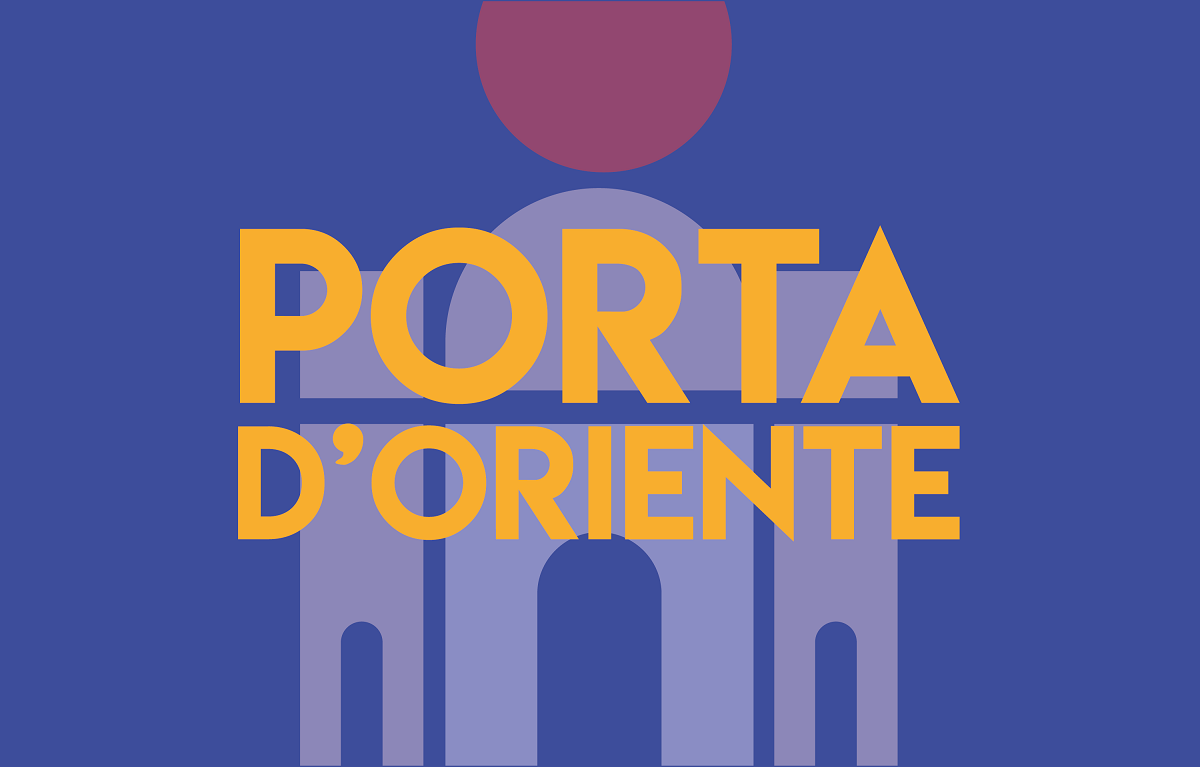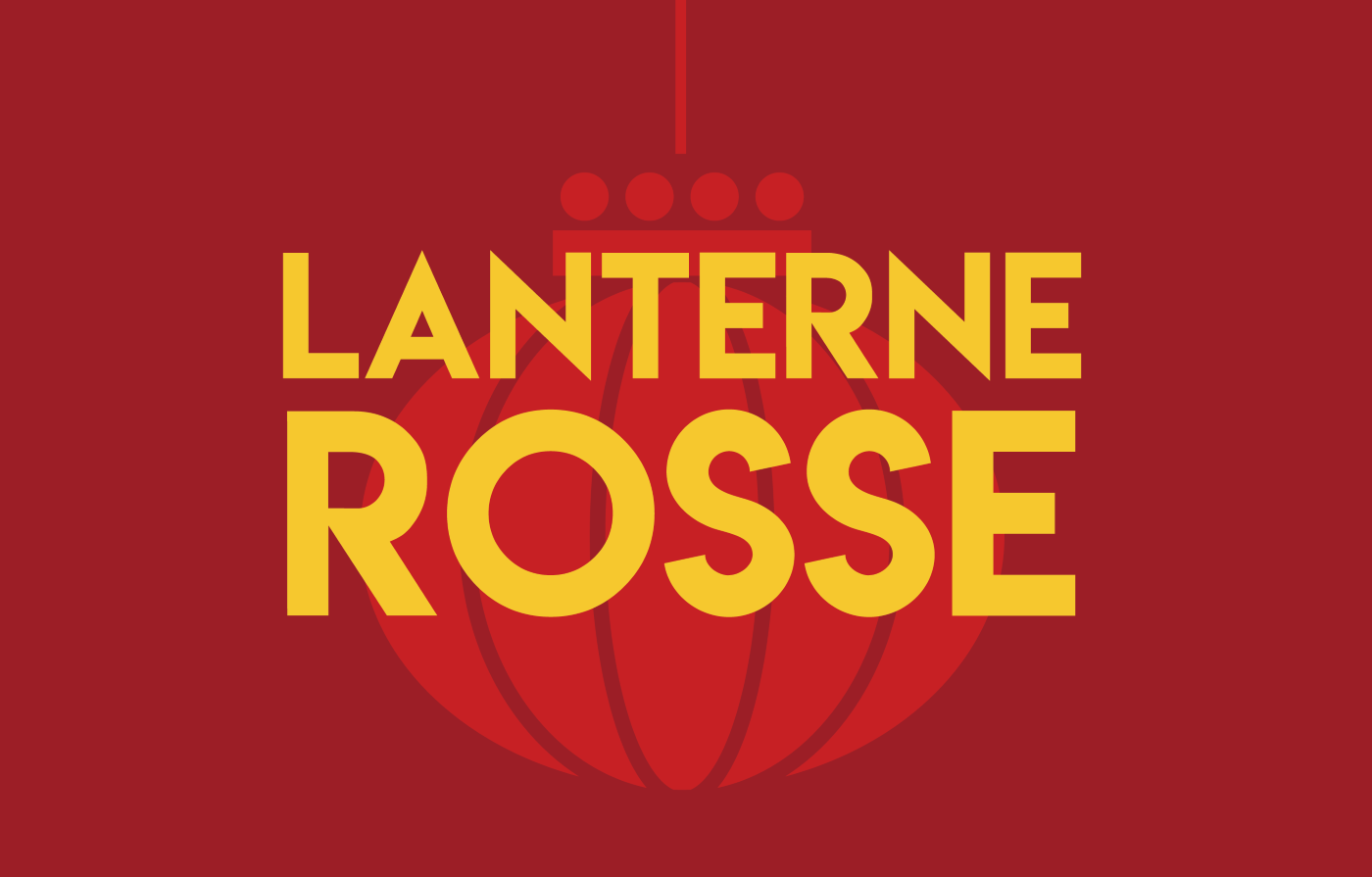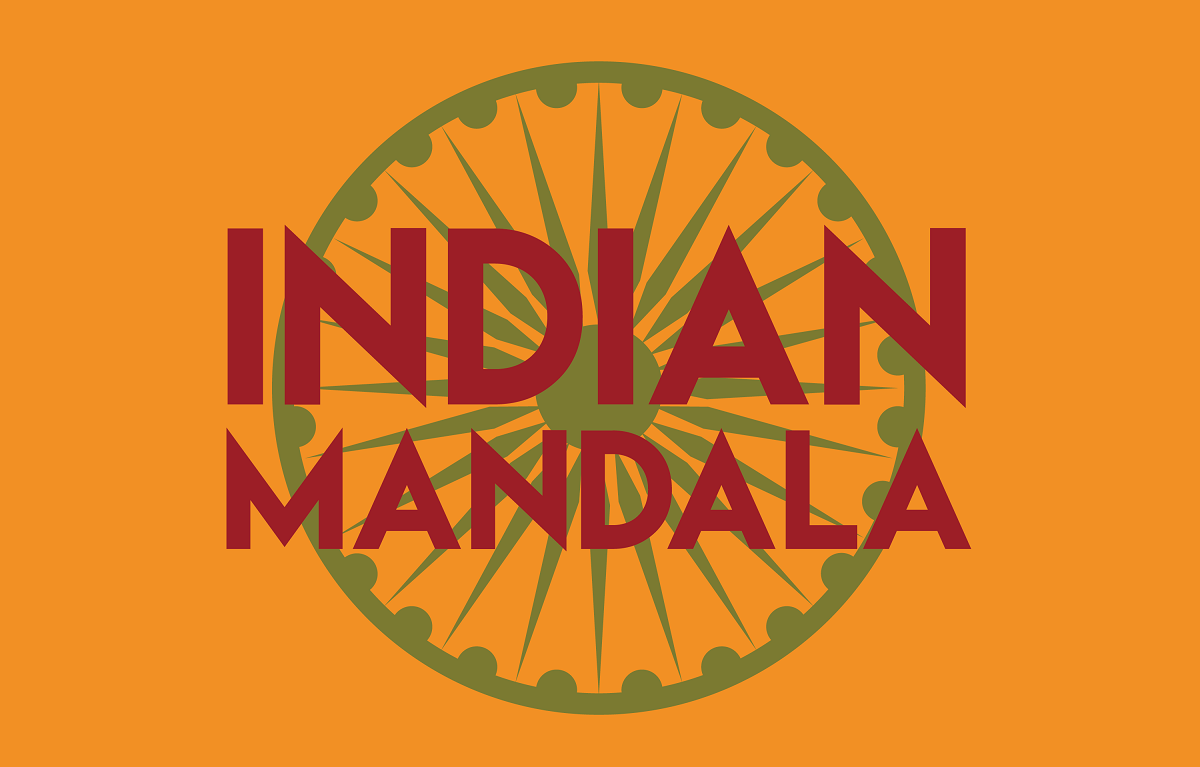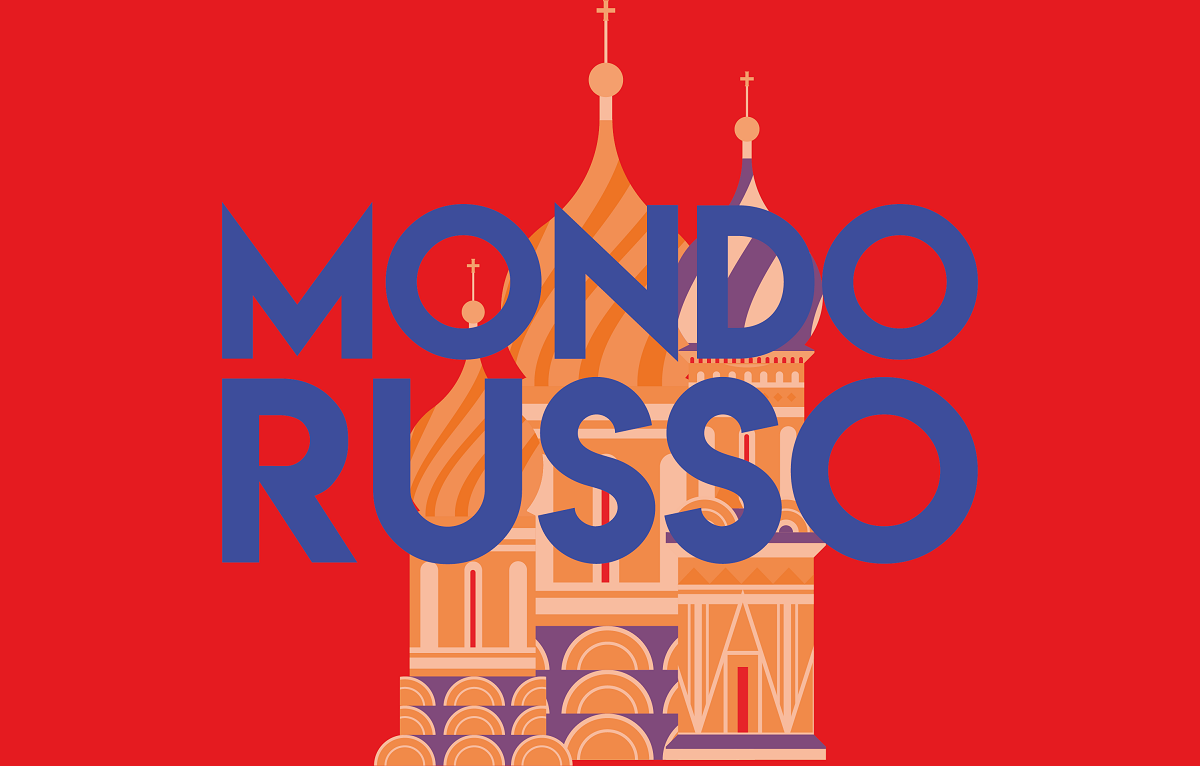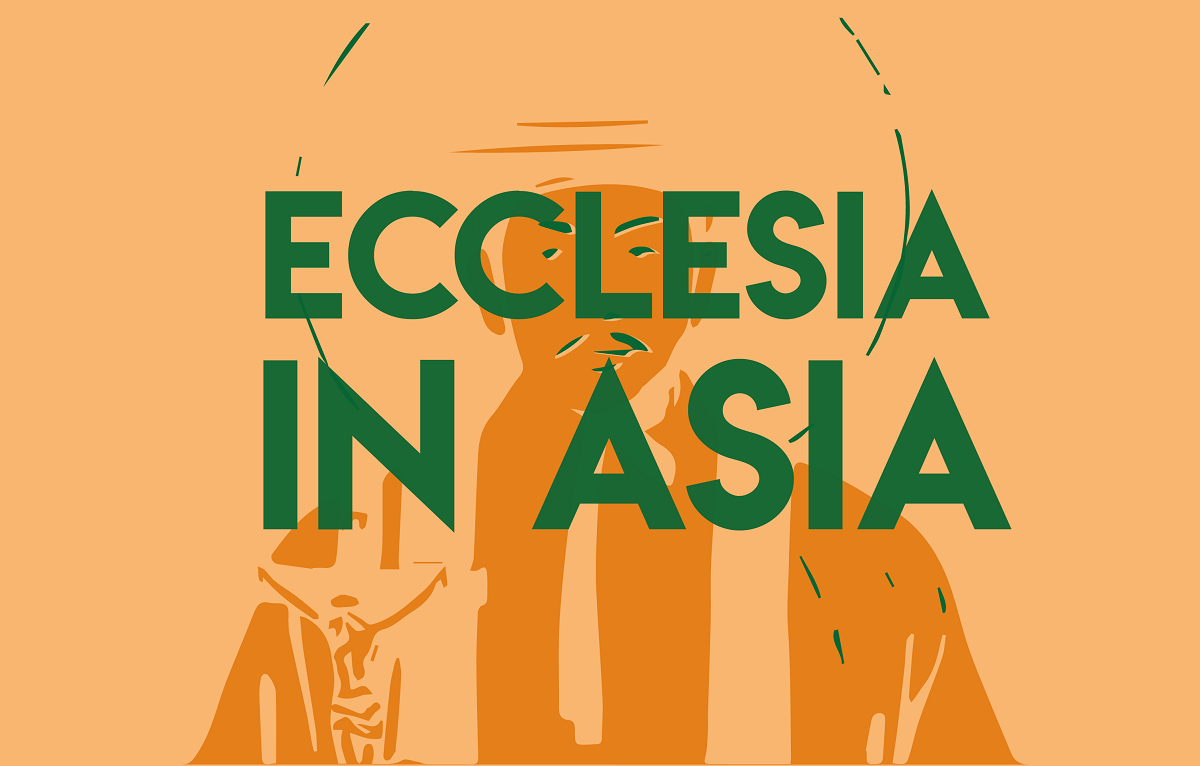Neuhaus: 'Only the non-Ashkenazi peripheries can get Israel out of its crisis'
In an essay published by La Civiltà Cattolica, the Israeli Jesuit writes that the clashes over justice reform and the Gaza war brought to the streets by the families of the hostages mark the end of the Zionism born in the 19th century. A new synthesis is needed starting with Mizrahi, ultra-Orthodox, Israeli Arabs, and Russian immigrants, to also develop a new way of seeing the Palestinians.
Vatican City (AsiaNews) – The clash over justice and the bitter war with the Palestinians in Gaza in response to the Hamas attacks on 7 October are calling into question Israel's deepest identity.
The crisis is dividing the country’s traditional Ashkenazi elites, the descendants of European Jews who forged modern Zionism in the late 19th century. But they will never find answers until they really come to terms with the "peripheries" that actually make up the vast majority of Israel's population today, says Israeli Jesuit Fr David Neuhaus, 61, in an essay titled "Israel, where are you going?" (in Italian), in the forthcoming issue of the La Civiltà Cattolica magazine.
The 61-year-old was born in Johannesburg to a German Jewish couple who fled the Shoah. He immigrated to Israel at the age of 15 and became a priest (serving as vicar for Hebrew-speaking Catholics of the Latin Patriarchate of Jerusalem from 2009 to 2017).
In his long article, Fr Neuhaus retraces the events of the last few months from a completely new perspective. Starting with the fight over Netanyahu’s judicial reforms and the protests in recent weeks by the families of the hostages held by Hamas, he notes that “the main players in the clash between the government and its opponents still come from the Ashkenazi Zionist elites who have dominated the history of Israel since 1948. Netanyahu, members of the war cabinet, top generals in the Israeli army, opposition leaders, as well as the vast majority of Supreme Court justices, all come from Ashkenazi elites."
Despite "ideological divisions between socialist Zionists and revisionist Zionists that marked Israeli politics, the elites in both camps share the same conceptual world, centred on a Jewish state for a Jewish people, like the nationalist movements in Central and Eastern Europe, from where most of the Ashkenazim who arrived as migrants in Palestine came."
Today, however, “the government, the opposition, and the Supreme Court are all viewed with the suspicion typical of the peripheral gaze on the ruling elites in the vast peripheries of Israeli society, which make up a substantial part of the population.”
This raises a question. In such a time of crisis could "new currents of thought on the state and society emerge from these peripheries to help Israel find answers to its internal and external existential questions?”
To this end, Fr Neuhaus, in his article, reviews "four important peripheries," the expression of “a different Israel, fighting for its views and goals to be accepted in the public debate.”
First, we have the Mizrahim, Oriental Jews, who immigrated to Israel after 1948 from other countries in the Middle East and North Africa. This is a very large group, which today represents about half of the Israeli Jewish population.
"They are seen as right-wing supporters and viscerally anti-Arab," the Jesuit clergyman notes. And “The hostility of many Mizrahim to socialist Zionism is not due to a rejection of democracy, but to the experiences of discrimination suffered at the hands of the Ashkenazi socialist elite.”
"In the last four decades, a cultural renaissance has been underway through which these Jews are reclaiming their identity and tradition. The intellectuals who emerged from this environment speak of a cultural affinity between them and the surrounding Arab world, an affinity that hint at the possibility of coexistence, opening a horizon that has its roots in a shared world and geography and a language that seem lost in the sands of time.”
In this respect, Fr Neuhaus cites the positions of Shas, the strongest religious party in Israel’s current ruling coalition government, which has shown itself to be more moderate than the other forces both on the issue of justice and ethnocentrism.
Then we have the Haredim, the ultra-Orthodox, estimated at about 13.5 per cent of the Israeli population who represent a second periphery that cannot be superimposed on the nationalist right.
Retracing the complex history of its relations with Israel's institutions, Fr Neuhaus notes how the Haredim tend "to harbour suspicions vis-à-vis the structures of the secular state and a negative attitude towards the ruling elites, left or right, particularly when they take for granted Western and secular attitude on social issues.” For this reason, they often find common ground on certain issues with traditionalist Muslim groups.
The third major periphery is that of Israeli Arabs (Muslims, Christians, and Druze), descendants of the Palestinians who did not abandon their homes in 1948 and represent today about 20 per cent of the population.
"They fight for equality, particularly in the areas of socio-economic development, education, health, public services, and local government, and for integration into the world of work, which is often blocked by the insistence that Israel is a Jewish state. They also struggle against endemic racism stemming from Jewish ethnocentrism,” which tends to identify them “with the enemy, rather than seeing them as citizens with equal rights.”
Last but not least, Fr Neuhaus looks at a fourth periphery that of the immigrants from the former Soviet Union who arrived in Israel in the 1990s, who now make up to 10 per cent of the population.
"They were considered as educated, highly cultured, and hard-working people," he explains, "as well as a potential counterpart to both Eastern and ultra-Orthodox Jews, thus useful for preserving Ashkenazi and secular hegemony." But as the years passed by, it has become increasingly clear that they no longer live "Judaism in the traditional sense of the word."
In the late 1990s, "in the annual publication of population statistics in Israel, a new category was introduced, 'others,' that is, those who are 'non-Arab, non-Jewish' or 'non-Jewish Jews.'"
For Fr Neuhaus, “The tough stance of the current Israeli government on judicial reform and its intransigence in the war with the Palestinians are at the heart of the worst crisis Israel has faced since its founding.”
“The Zionist ideology that provided a conceptual framework for the state seems to be a spent force, leaving its supporters divided and polarised: both the ideology and the state it generated seem to be falling apart.”
The very illusion offered by the agreements between Israel and some Arab neighbours “depended on obscuring both the Palestinian cry for justice and the internal struggle within Israeli society over its own nature.”
“The year 2023 has raised serious questions about this vision of a new Middle East and the role that Israel will play in it. Looking towards the peripheries of Israeli society, one could imagine new perspectives, a new narrative, and the emergence of unexpected alliances, less constrained by the categories, discourses, and ideological positions of the past, which led to the current crisis. Israel needs new horizons and a new vision, and they could come from these peripheries.”
21/05/2018 10:09





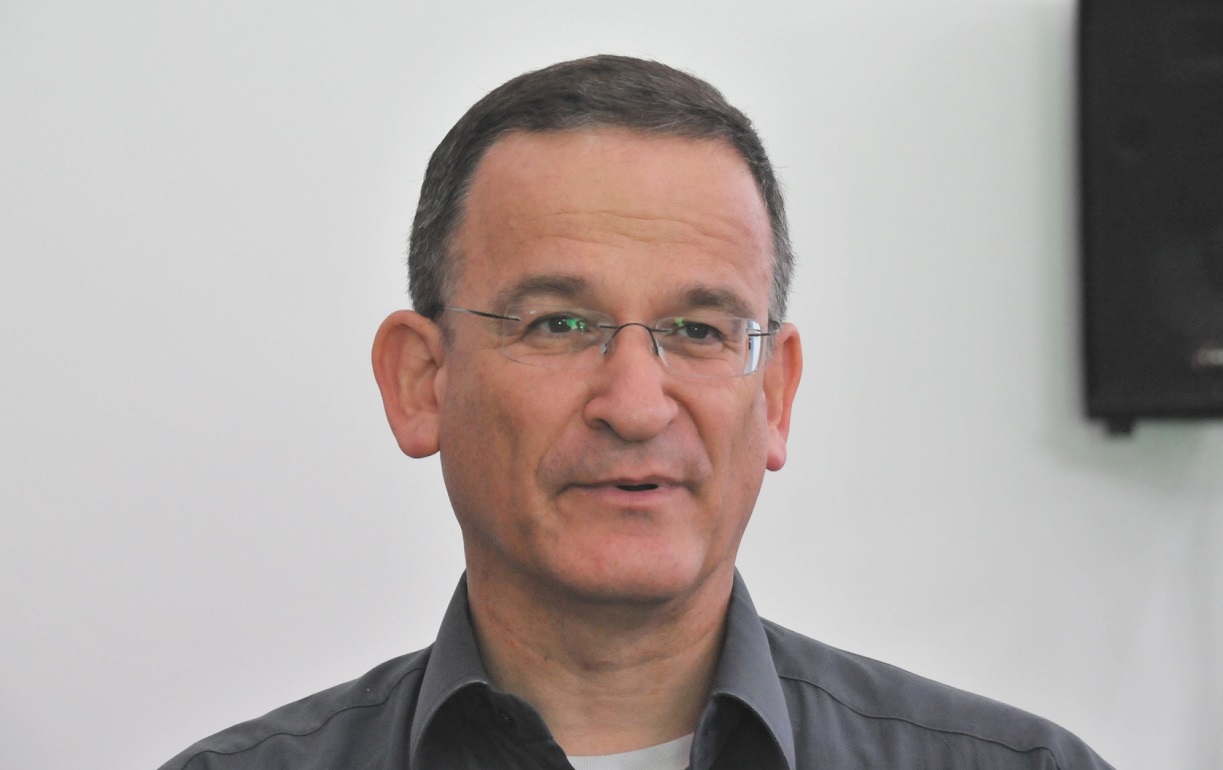

.png)
